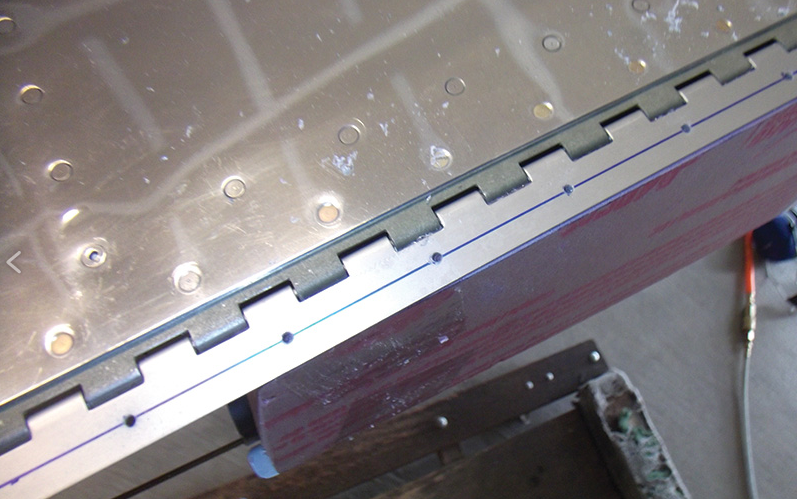Hidden piano hinges offer a seamless and elegant solution for concealing the functionality of doors, cabinets, and other applications. In this blog post, we will delve into the world of hidden piano hinges, answering common questions and exploring their unique features and benefits. These hinges are similar to offset piano hinges, both of which are piano hinges or continuous hinges.

Can a piano hinge be hidden?
Yes, hidden piano hinges are specifically designed to be concealed when installed. Unlike traditional hinges that are visible on the exterior, hidden piano hinges are recessed or mortised into the door and frame, creating a clean and streamlined appearance.
Is a piano hinge visible?
A standard piano hinge, also known as a continuous hinge, is visible when the door or cabinet is opened. However, hidden piano hinges are designed to be discreet and remain hidden from view when the door is closed.
What is a piano hinge called?
A piano hinge is also commonly referred to as a continuous hinge due to its long, continuous design that runs the entire length of the door or cabinet.
What is the difference between a piano hinge and a regular hinge?
The key difference between a piano hinge and a regular hinge lies in its design and functionality. A piano hinge is a long, slender hinge that spans the entire length of the door or cabinet, providing strength and stability. In contrast, a regular hinge consists of two separate pieces and is typically visible when the door is closed.
What are hidden hinges called?
Hidden hinges, specifically designed to be concealed from view, are often referred to as concealed hinges, invisible hinges, or hidden piano hinges.
Can I cut a piano hinge?
Piano hinges can be cut to the desired length using appropriate tools such as a hacksaw or metal cutting shears. However, it is important to exercise caution and ensure a clean and precise cut to maintain the hinge’s functionality.
What is a continuous piano hinge?
A continuous piano hinge, also known as a full-length hinge, is a type of hinge that extends the entire length of the door or cabinet, providing consistent support and distribution of weight along its length.
Do I need to mortise a piano hinge?
Mortising a piano hinge involves creating a recess or groove in the door and frame to accommodate the hinge, allowing it to be flush with the surface. While mortising is not always necessary for installing a piano hinge, it is often preferred to achieve a seamless and hidden appearance.
What can I use instead of a hinge?
If you are looking for alternatives to traditional hinges, options such as pivot hinges, concealed hinges, or European hinges can be considered. These alternatives provide different installation methods and aesthetic possibilities depending on the specific application.
What is a hinge that doesn’t show?
A concealed hinge, also known as an invisible hinge or hidden hinge, is designed to be hidden from view when the door or cabinet is closed. These hinges offer a clean and minimalist look, allowing the focus to remain on the overall design rather than the hardware.
Can a piano hinge open both ways?
Yes, a piano hinge can be designed to allow doors or lids to open in both directions. This type of piano hinge is known as a reversible piano hinge and offers flexibility in functionality.
Conclusion
Hidden piano hinges provide a sleek and sophisticated solution for concealing the mechanics of doors, cabinets, and more. With their ability to remain hidden when closed, these hinges offer a seamless aesthetic while maintaining durability and functionality. Whether it’s for residential or commercial applications, hidden piano hinges are a versatile choice for achieving a clean and streamlined look in various design projects.




